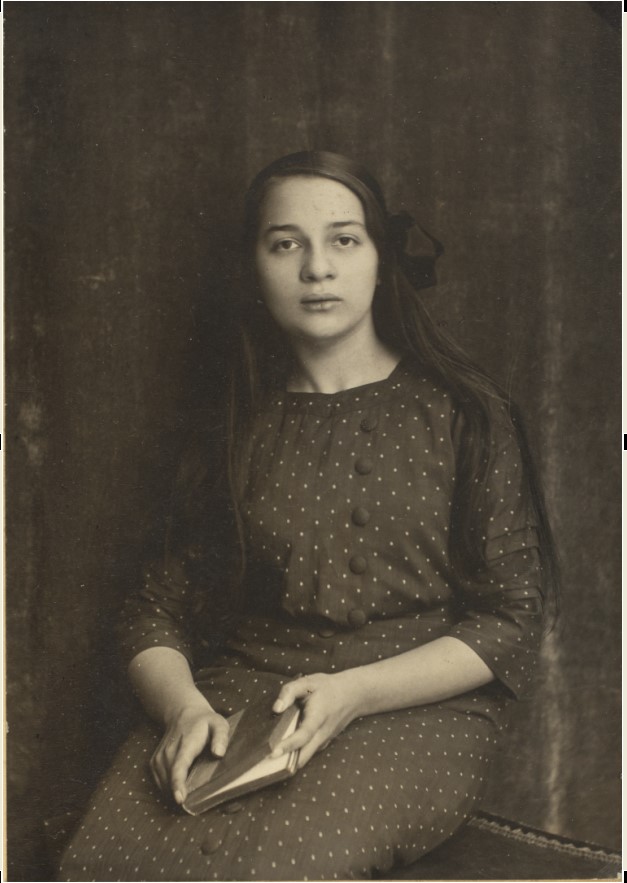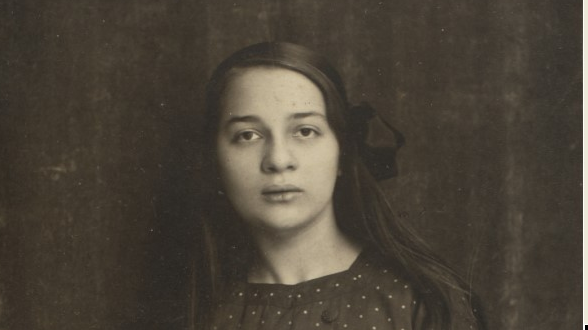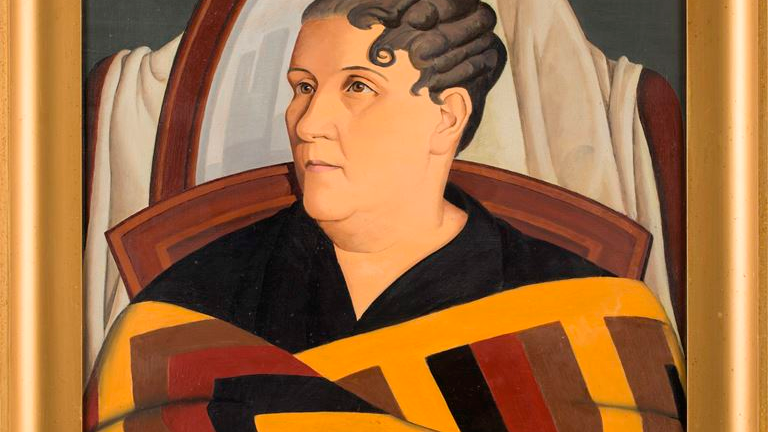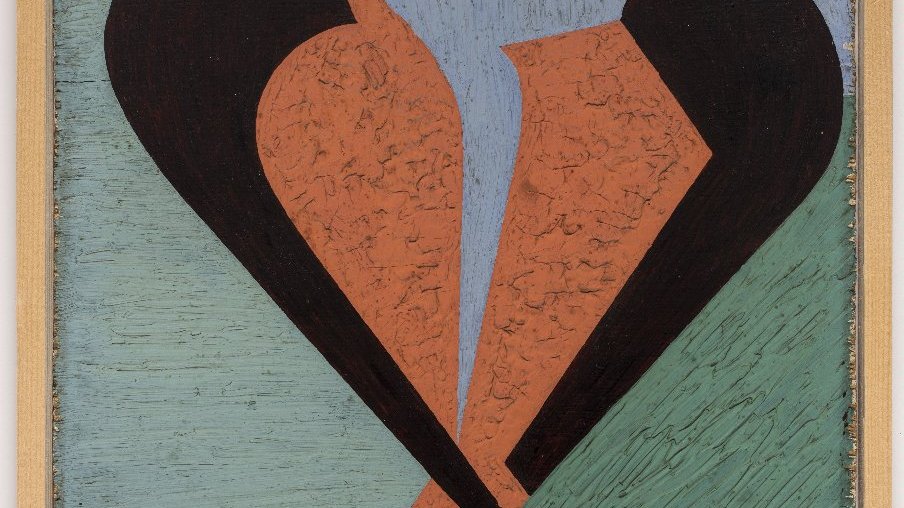An avant-garde artist emerging from obscurity

The National Museum of Poznań has set out on rectifying this oversight in history-of-art research by opening, on 7 August, the first monographic exhibition of this outstanding artist thus far relegated to obscurity. "The exhibition in Poznań will sum up what is known about her life and present a new view of her contribution to Polish early-20th-century art," say the curators Agnieszka Salamon-Radecka and Agnieszka Skalska.
The display will feature paintings, drawings, and sketchbooks from the collections of the National Museum of Poznań, the Łódź Museum of Art, the Association of Art Historians, the Signum Foundation, and the artist's family. "In addition to the avant-garde achievements of the 1920s known from and described in previous publications, the exhibition will present the artist's 1930s works that are unknown to the general public as well as everyday items kept in family collections that have been designed by the artist", note the organisers. The first monographic display will be supplemented with documents and archival pictures from the family book of photographs.
In the Blok
Maria Nicz-Borowiakowa was the daughter of a Warsaw woodcutter, publisher, and printing house owner Edward Karol Nicz. In 1916-1920, she studied painting in the Warsaw School of Fine Arts and Stanisław Lentz's studio. She belonged to the first generation of the school's students. It was there that she met Teresa Żarnower, Mieczysław Szczuka and Henryk Stażewski, co-founders of the prominent avant-garde "Blok of Cubists, Supremacists and Constructivists" which also involved Władysław Strzemiński and Katarzyna Kobro. She took part in nearly every exhibition held by this group, starting with the famous show in a Warsaw Laurin-Klement auto dealership showroom.
Since the Blok's disbandment in 1926, Nicz-Borowiakowa collaborated with the Praesens group of constructivists and functionalists. Together with its members, she put her works on view in group exhibitions, including those held in the Warsaw Society for the Advancement of Fine Arts (1926) and the General National Exhibition in Poznań (1929). She displayed her works in Paris and New York next to those of her fellow constructivists.
Unfinished paintings
Nicz-Borowiakowa's work continued to evolve throughout her artistic life. While her early Art Nouveau style drew on the experience of the Young Poland period, her later works reveal heavily transformed but nevertheless distinctly discernible influences of expressionism and cubism. Her view of art was greatly influenced by the expressionist work of the Poznań-based Bunt group and the Zdrój magazine it published. "Since 1924, she would increasingly purge figurative accretions from her form", notes Maria Zientara of the Historical Museum of Kraków in one of the few available papers. "Reality grew ever harder to detect in her paintings. She would begin by differentiating abstract forms and enriching them with collages finally to adopt a very plain abstract style", explains Zientara.
Nicz-Borowiakowa was a versatile artist. She pursued graphics, interior design, applied art and scenography. Nevertheless, painting always remained in her main focus. Ca. 1930, after giving birth to her daughter, she withdrew from artistic life. Few paintings from the collection of the artist's family come from the 1930s and World War II, and a number of those that do are unfinished. These too will be loaned to the Poznań exhibition. In addition to the artist's works, the display will feature archival photos including portraits of the artist, her family members and friends, and photographs documenting her student years in the studios of the Warsaw School of Fine Arts and social gatherings in the artist's home.
The exhibition will open with a presentation of Nicz-Borowiakowa's avant-garde paintings. Some of them will be accompanied by sketches illustrating the process of form transformation. A separate part of the display has been dedicated to drawings, sketchbooks and early work created outside the avant-garde mainstream. Yet another section contains portraits as well as the utility items she designed and decorated.
The exhibition comes with a richly illustrated catalogue featuring essays on selected aspects of the artist's work set against the backdrop of Polish and European 20th-century art, a timeline, and a collection of photographs.
Sylwia Klimek
translation: Krzysztof Kotkowski
An Avant-Garde Woman: Maria Nicz-Borowiakowa (1896-1944)
The National Museum
7 August - 27 November
Curated by Agnieszka Salamon-Radecka and Agnieszka Skalska, cooperating curator: Agata Mendrychowska
© Wydawnictwo Miejskie Posnania 2022
See more

From One Celebration to Another

Christmas Markets and Fairs with Attractions

Truly Festive Vibes



